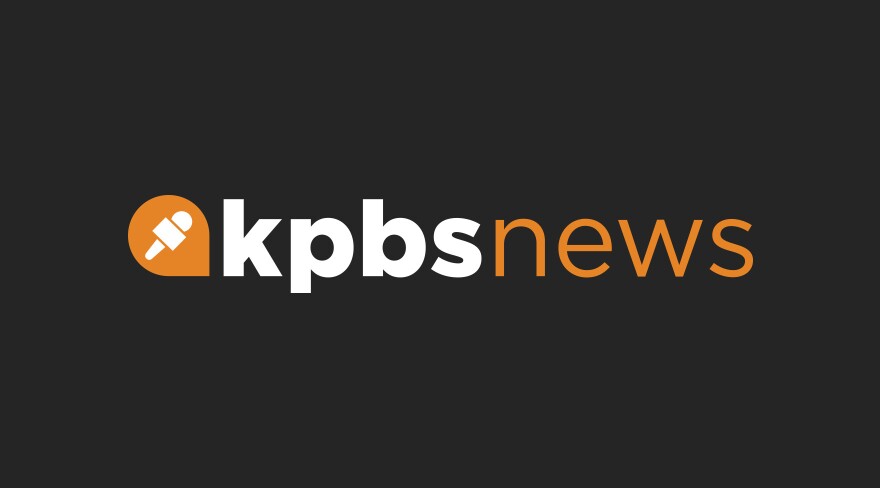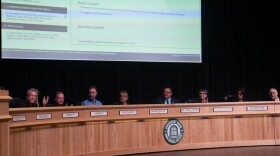Neighborhood advocates and San Diego City Councilmember Stephen Whitburn are calling for safety improvements to a deadly five-way intersection in University Heights.
The intersection of Park Boulevard, El Cajon Boulevard and Normal Street has long been a source of frustration and confusion for pedestrians, cyclists and drivers alike. Dozens of crashes have taken place there over the past decade, and a crash in June 2023 killed 47-year-old Josh Gilliland as he was trying to cross the street.
An adjacent dog park has closed three times in the past year after motorists ran over the fencing.
An online petition calling for a traffic study to examine options for safety improvements had more than 1,200 signatures as of Monday afternoon. City officials say such a study would cost roughly $600,000.
At a press conference Monday morning, Whitburn said even in light of the city's deep budget deficit, the city can afford a traffic study.
"Parking meter rates went up this year," Whitburn said. "That will add tens of millions of dollars in revenue. We should use a portion of the new parking meter revenue to fund the study and begin improving this intersection to make it safer for pedestrians, for bicyclists and for motorists."
The 2016 North Park Community Plan calls for a roundabout at the intersection. The roundabout concept was included in the city's recently adopted Mobility Master Plan, though it ranked low in the city's prioritization scoring.
Whitburn said he expects a roundabout would be considered in a traffic study, but that all options that improve safety should be considered. He also said the traffic study should analyze changes to the high-speed roads that feed into the intersection.
The city's Climate Action Plan has a goal of installing 20 new roundabouts by 2035 — a goal the city is on track to miss. Roundabouts can improve safety by slowing down traffic and reducing conflict points between varying directions of traffic. They can also reduce emissions slightly by allowing vehicles to roll through intersections rather than stopping and idling.
Most roundabouts in San Diego take years to install and can cost millions of dollars. But the city has piloted an alternative design option that is dirt cheap and lightning fast by comparison.
Just a few miles from the intersection in University Heights, the city has a roundabout at Florida Drive and Morley Field Drive that was built by installing a round pattern of plastic bumps on the pavement. The "quick-build" roundabout was installed in 2022 in a matter of days with materials that cost roughly $200,000.
City spokesperson Anthony Santacroce told KPBS: "From the city’s perspective, the installation (at Florida Drive and Morley Field Drive) has performed well, with overwhelmingly positive observations. We remain supportive of quick-build roundabouts and look forward to pursuing additional installations as funding allows."
Mayor Todd Gloria's proposed budget includes funding for three roundabouts, though all of them use conventional designs that cost more money and take longer to install.
Anar Salayev, executive director of BikeSD, said the city should consider faster and cheaper solutions to dangerous intersections — particularly in light of its budget deficit.
"We recognize that the city is facing serious financial challenges right now, and we appreciate the work being done to continue it moving regardless," Salayev said. "But in tough times — especially in tough times — government must fulfill its core responsibilities: balancing power between the strong and the weak, building infrastructure and protecting its people."









